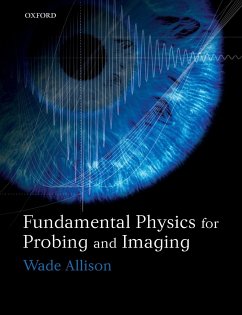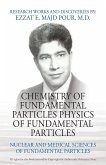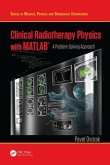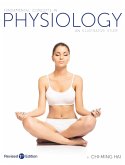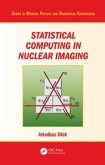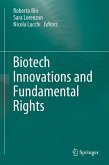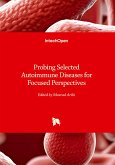Physics has reduced fear and increased safety for society, largely by extending the power to see. The methods used are magnetic resonance, ionising radiation and sound, with their extensions. This textbook expounds the fundamental physics of these. It follows how they are applied by modern technology to "seeing" in clinical medicine including therapy and in other spheres of human activity such as archaeology, geophysics, security and navigation. By taking a broad view over the whole field, the book encourages comparisons, underlines the importance of public education and reaches fresh conclusions of some political importance concerning safety. This textbook has developed from a course given to third year students at Oxford and is written so that it can be used coherently as a basis for shorter courses by omitting certain chapters.
This book addresses the question 'What is physics for?' Physics has provided many answers for mankind by extending his ability to see. Modern technology has enabled the power of physics to see into objects to be used in archaeology, medicine including therapy, geophysics, forensics and other spheres important to the good of society. The book looks at the fundamental physics of the various methods and how they are used by technology. These methods are magnetic resonance, ionising radiation and sound. By taking a broad view over the whole field it encourages comparisons, but also addresses questions of risk and benefit to society from a fundamental viewpoint. This textbook has developed from a course given to third year students at Oxford and is written so that it can be used coherently as a basis for shortened courses by omitting a number of chapters.
This book addresses the question 'What is physics for?' Physics has provided many answers for mankind by extending his ability to see. Modern technology has enabled the power of physics to see into objects to be used in archaeology, medicine including therapy, geophysics, forensics and other spheres important to the good of society. The book looks at the fundamental physics of the various methods and how they are used by technology. These methods are magnetic resonance, ionising radiation and sound. By taking a broad view over the whole field it encourages comparisons, but also addresses questions of risk and benefit to society from a fundamental viewpoint. This textbook has developed from a course given to third year students at Oxford and is written so that it can be used coherently as a basis for shortened courses by omitting a number of chapters.

